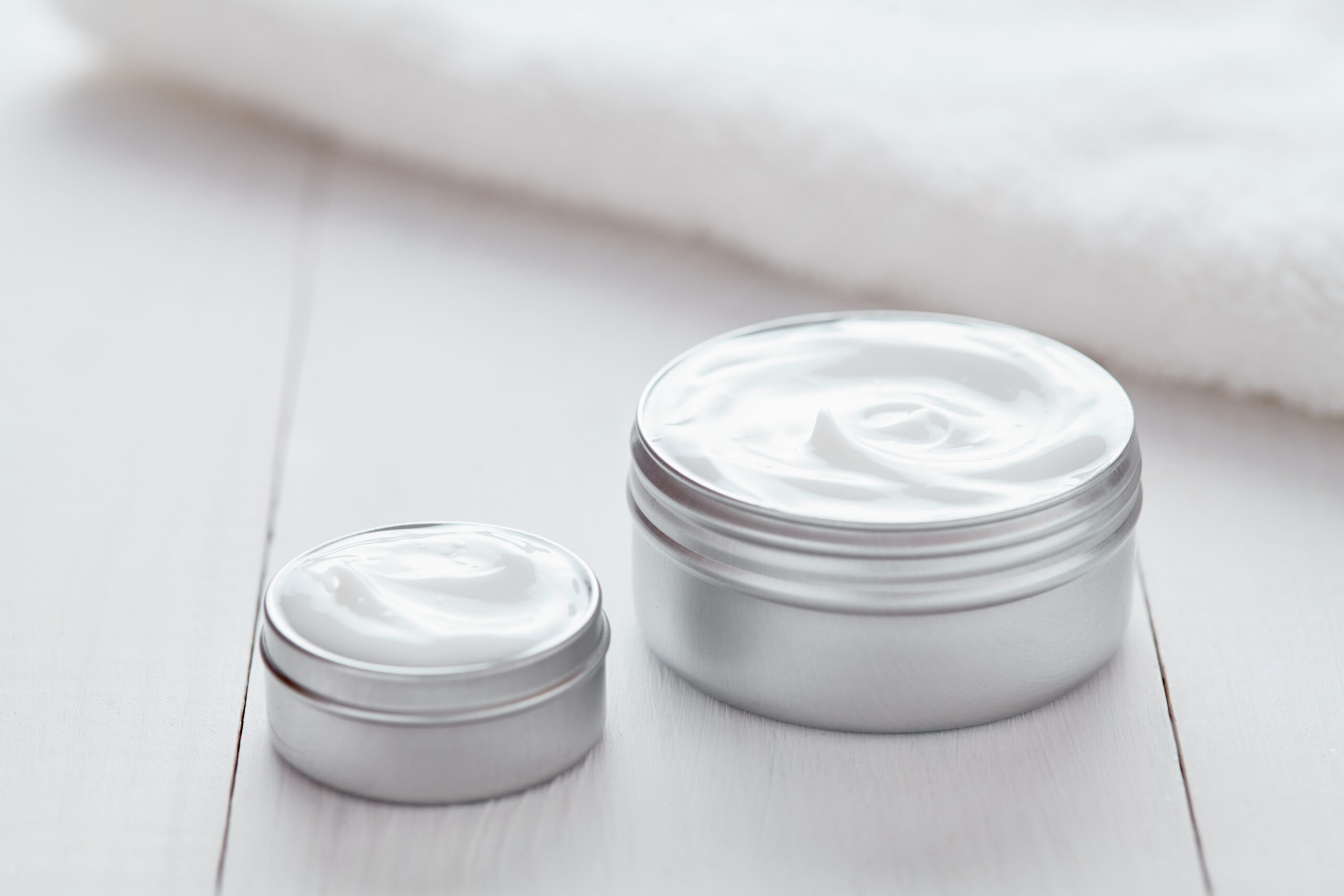Roughly 80% of young adults have experienced acne once in their lives. Acne occurs when there is some form of an inflammatory response in the hair follicles of the skin, or more specifically in the pilosebaceous units. Inflammation can be due to increased sebum (the natural oils produced to protect the skin) production, irregular shedding of the skin and subsequent clogging of pores, and/or bacterial growth.
A majority of acne treatments target existing acne in order to decrease the duration of the lesion and prevent permanent scarring. While oral medications can also be used to treat acne, topical (applied to the skin) treatments are more commonly used. The two main classifications of topical treatments are retinoids and antibiotics.
Image Source: Boy_Anupong
Retinoids are derived from vitamin A; they treat acne by slowing down abnormal shedding and turnover of skin cells, thereby reducing the number of clogged pores. They can also decrease sebum production and unclog existing clogged pores. Common types of retinoids include tretinoin, adapalene, and tazarotene.
Topical antibiotics are used to directly kill Propionibacterium acnes, the bacteria that causes acne on the skin. By directly targeting the bacteria, there is no longer a cause for inflammation, and thus there is no more acne. The most common types of antibiotics used for acne treatments are erythromycin and clindamycin. Because antibiotic use can lead to resistance against the bacteria, antibiotics are often mixed with other treatment options such as benzoyl peroxide, zinc, or retinoids. To further prevent resistance, antibiotic use is usually limited to 12 weeks or fewer. Studies have also found that mixing benzoyl peroxide and erythromycin or clindamycin is more effective than just using one or the other by itself.
In addition to these topical treatments, there are a variety of other over-the-counter treatments that can be beneficial to help reduce an acne breakout. Salicylic acid is a common treatment that is used in many acne-related products. It works by promoting skin-cell shedding and turnover to prevent clogged pores. Hydroxy acids, such as alpha-hydroxy acids (AHAs: glycolic acid, lactic acid) and beta-hydroxy acids (BHAs: salicylic acid) help resurface the skin and stimulate the growth of new skin cells, helping with hyperpigmentation and scarring. Benzoyl peroxide by itself can also be used to treat acne. As a topical disinfectant, it helps reduce the activity of the P. acnes bacteria.
As there are a lot of different types of acne treatments available, it is important to learn about what each treatment is doing to the skin in order to make the best, most educated decisions. Hopefully, through this knowledge, we can all have healthier skin!
Featured Image Source: GreenArt










